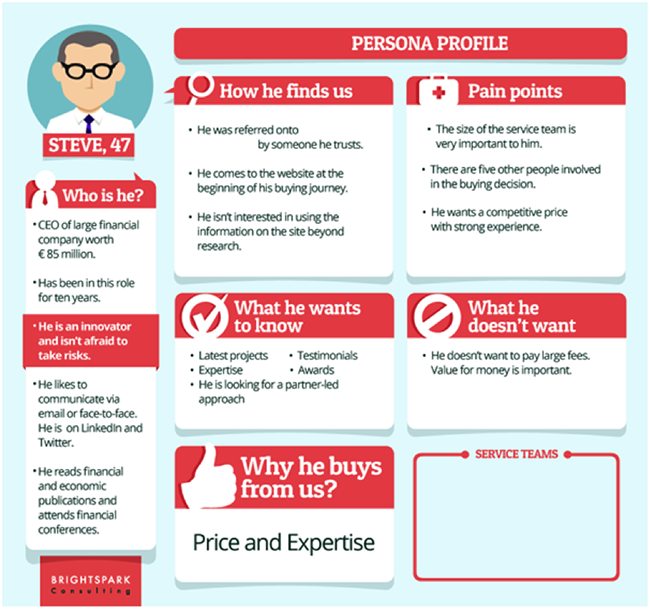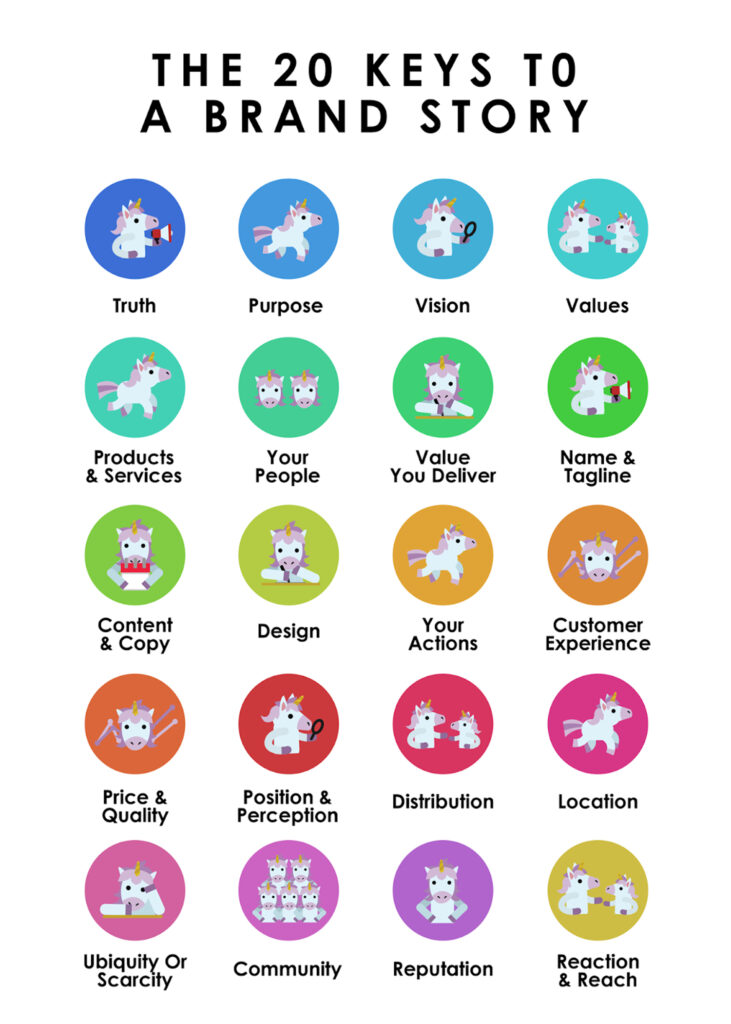Businesses that sell to other companies (B2B) must find ways to align their branding efforts with their goals. This makes a branding strategy for B2B business imperative for success.
Creating a strong brand sets you apart from the competition and keeps you front of mind when companies need the solutions you provide. People want to do business with companies they know, like, and trust. That’s why 86% of consumers want a business to have an authentic brand image. Through strategic branding, your company can influence how people perceive your business.
Keep reading to learn how to create an effective branding strategy for your B2B business.
Key Takeaways
- A strong brand has a far-reaching impact on the growth and success of your business.
- A branding strategy is the approach and tactics used to maximize the potential benefits of your brand.
- From establishing your brand and knowing your audience to developing marketing collateral, you can develop an effective branding strategy in five steps.
What Exactly is a Branding Strategy?
Brand marketing for manufacturing companies is important in reaching the right people with the right message. A strong brand has a far-reaching impact on your business. It helps you to make emotional connections with your prospective buyers and solidifies your position in their minds as a viable option for solutions. A strong brand can also shape perceptions and help build customer loyalty. This is significant because existing customers are responsible for 65% of your sales. To ensure your company maximizes your brand’s potential, you must implement a branding strategy.
A branding strategy is the tactics a business uses to meet long-term goals that help to develop a strong identity and consumer preference for their brand. It ensures your efforts align with your goals, serving as a road map for your desired end result. A brand strategy can:
- Help define your business’s identity
- Provide benchmarks for progress assessment
- Help you identify areas of weakness for your brand
- Ensure your efforts are in line with your values and mission
A branding strategy is instrumental in propelling your business forward, attracting new customers, driving website traffic for manufacturing companies, and generating more revenue.
The following video further explains brand strategy and offers tips on where to begin in creating one:
Source: The Futur on YouTube
How to Create a Branding Strategy for B2B Business
Follow these steps to develop a branding strategy that maximizes your marketing efforts.
Step 1: Establish Your Brand
Decide who you are as a business and how you want to portray that to your customers. From a visual standpoint, think about your corporate colors, logo style, and tone of voice that conveys the personality of your business. Consider your website layout and design. Make sure it features the visual elements of your brand and includes website must-haves for manufacturing companies, like contact information and call-to-action buttons.
Consider your value and mission statements. Determine your company goals and how to achieve them with your products and services. Identify your company’s purpose and vision and use these as your compass for all future business decisions.
Step 2: Know Your Audience
It is important to gain a clear understanding of who you’re trying to attract to your B2B business.
Create buyer personas to identify your ideal customer. These help you understand their motivations, decision-making process, and how to best reach them with valuable information.

Audience research can also help you see what kind of people are searching for solutions like yours. Identify their:
- Unique needs: What problem are they trying to solve?
- Pain points: What frustrations do they currently experience?
- Demographics: Identify age, gender, career, location, and more to craft relevant materials for content marketing.
- Preferences: How and where do they like to receive communications?
These details enable you to create custom messaging that will resonate with your audience for higher conversions.
Step 3: Evaluate Your Competitors
With more than 700,000 manufacturing businesses in America, your customers have plenty of options. To stand out from the crowd, you must first know what those other companies are doing to attract their customers. Look at their branding efforts and identify their strengths and weaknesses. Read user reviews to see candid customer feedback. Monitor social media chat threads and forums for mentions of competitor names to learn the experiences of customer experiences with those businesses.
All of this can inform you on what strategies to implement or avoid. You can find gaps in service to your audience and develop ways to capitalize on an unmet need. By seeing what your competitors are (or aren’t) doing, you can flatten the learning curve, increase productivity more quickly and efficiently, and find ways to set yourself apart in a crowded market. This can range from product development and innovation to SEO basics for manufacturing and industrial companies.
Step 4: Determine Your Messaging
The ultimate goal of a B2B branding strategy is to influence the way prospective customers perceive your brand. Your messaging plays an important role in this effort. Keeping your brand identity and customer preferences in mind, craft messaging that is relevant to your audience’s unique needs. As people see how useful your content is, they’ll come to trust you as a valuable resource.
Your audience really wants to know one thing: what can you do for them? Decide what message will help alleviate pain points while strengthening your brand. Storytelling is a compelling way to deliver a message explaining how your brand can benefit prospects. This can increase interest and generate intrigue, causing people to learn more about your business and identify possible purchases that would solve their problems.

Step 5: Develop Marketing Collateral
Armed with a strong understanding of your target audience and how to connect with them – and guided by your company’s mission and vision – it’s time to develop your marketing material. From social media posts and company website to flyers and brochures, create a variety of print and digital collateral that delivers a consistent message and aligns with your visual and messaging goals. Think about:
- Positioning statement: Explain your products and services, their benefits, and what sets you apart from the competition.
- Color, fonts, and style: Materials should use your corporate colors and reflect the fonts and style of your website and corporate signage.
- Personality: Allow customers to get to know you through your marketing collateral.
- Purpose: Always keep in mind the reason you do what you do, and let it drive your marketing efforts.
Your marketing collateral can be a powerful tool in your branding strategy if you approach it strategically. Learn where your audience is spending their time and how they prefer to receive information, and create a marketing plan using the channels that reach them most effectively.
Generate Growth with a Branding Strategy for B2B Business
Shanahan Strategy is an agency that follows trends in marketing for manufacturing companies to help industrial businesses succeed.
Contact Shanahan Strategy today to learn how we can help you develop an effective branding strategy for further growth and revenue generation.

